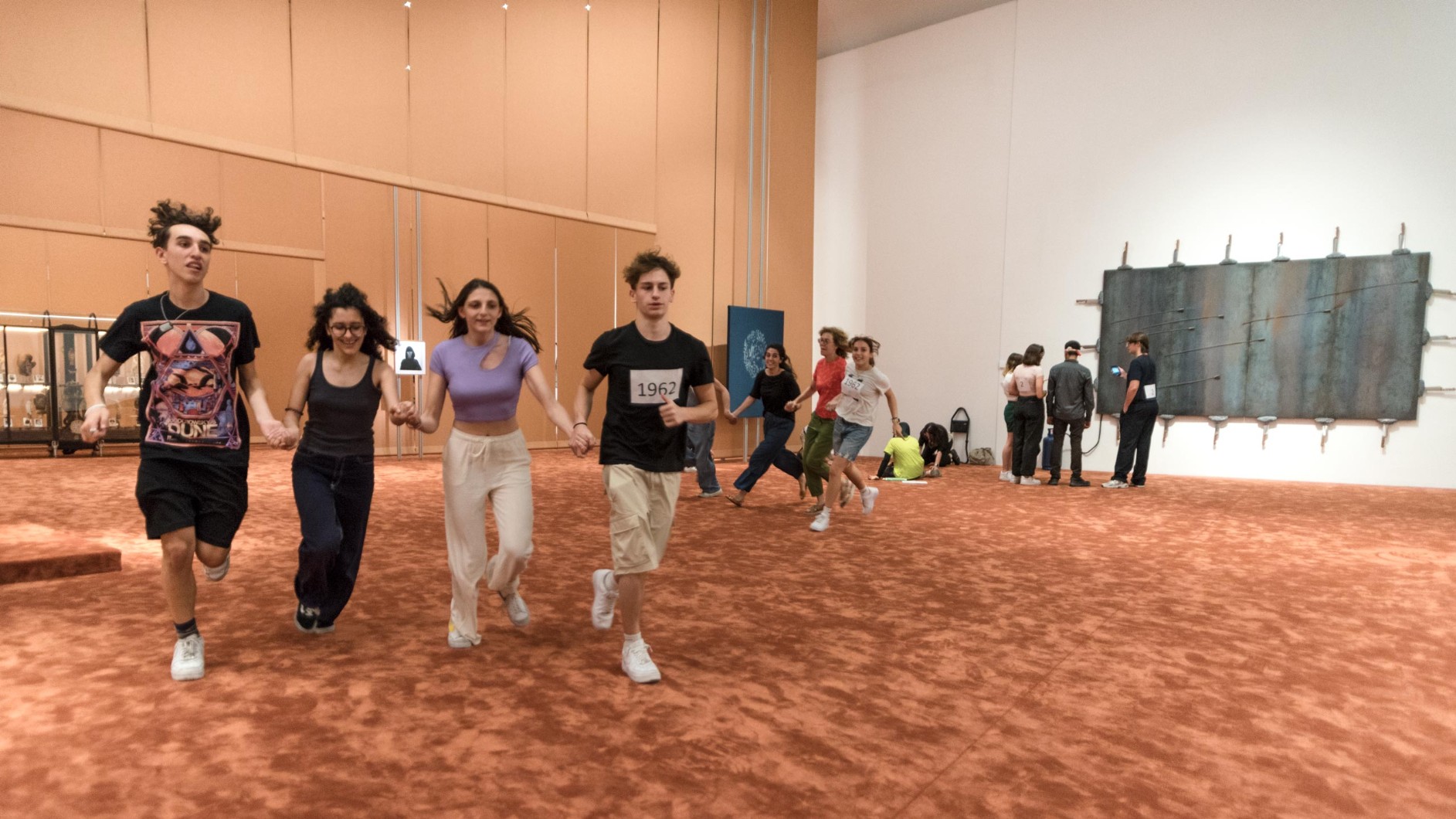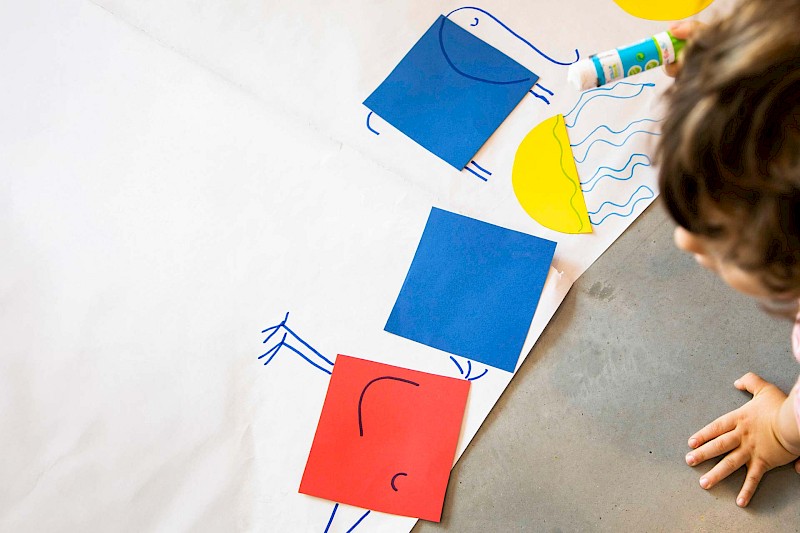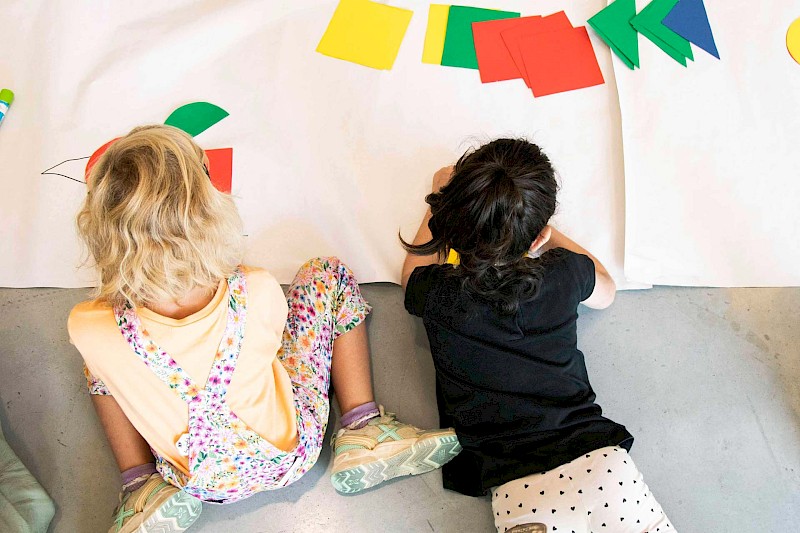Una piccolissima rivoluzione – A Small Revolution is an artistic and educational project developed by the Education Departments of Centro Pecci, Museo del Tessuto, and Museo di Palazzo Pretorio di Prato, in collaboration with the artist Cristina Pancini. It is part of the project Prato Comunità Educante – Prato Educating Community, promoted by Fondazione Cassa di Risparmio di Prato with the support of Intesa Sanpaolo S.p.A., and coordinated by the social cooperative Pane e Rose together with the association Cieli Aperti.
The project aims to address complex issues such as educational poverty, school dropout rates, and the psychological distress of young people. From the beginning, it was clear that a new perspective was needed — one that would break away from traditional models, guided by art. This led to the decision to involve artist Cristina Pancini, whose exploratory practice blends art and pedagogy, and to make the even more radical choice of leaving adults out of the initial co-design phase.
The result is a process that allows students to engage with the collections of local museums and rework their experiences through the shared design of participatory artistic practices. In doing so, students become active participants in these actions, transforming museums into spaces for experimentation and informal learning — places that feel familiar and welcoming to the community.
The practices developed during the first two years of the project — around 50 in total — have been collected in a book published in 2024, titled Come si fa una piccolissima rivoluzione? – How Do You Make a Small Revolution? It is a growing manual, a prêt-à-porter experiment, an ambitious and "practical" guide. Readers can either move through it in order or jump from one practice to another, rushing off to explore the places each was designed for. If needed, practices can be freely adapted and reshaped to fit different spaces and needs.
In keeping with the spirit of the project, this book is not for sale — it can only be given as a gift.



